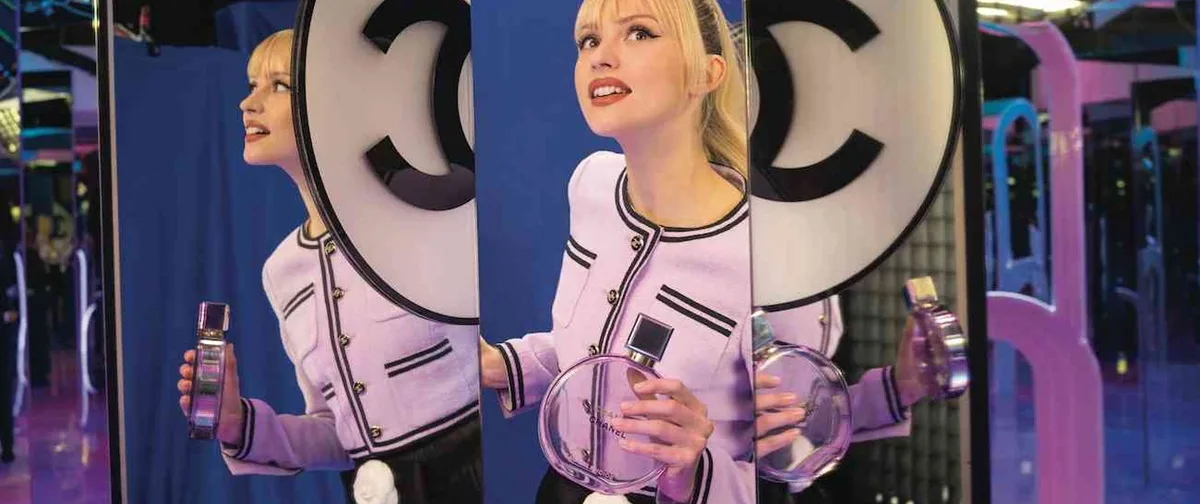Like your first kiss just behind the schoolyard bicycle sheds, you always remember your first car. At the risk of showing my age, I still remember mine. It was a Junior Forty J40 Roadster – a 1950s pedal car made of some hefty metal components that helped build leg muscles the size and strength of an Olympic bicycle pursuit champion.
My father bought it second hand and after cleaning off the rust and re-spraying, I had a pedal car second to none! With a following wind and a downhill slope, you could build up enough speed to dream of winning your first grand prix and just like James Hunt (at the time), be surrounded by scantily clad “nannies” and enjoy spilling the contents of the effervescent “sippy cup” all over them!
Times change and with it the nature of that first childhood car. For parents with the inclination and the bank balance to match their ambition, there is now the Baby II Bugatti. A lightweight composite material for the body of the car, an environment-pleasing electric motor and the style and aesthetics of the original Type 35. It is a winning combination. As was the original car.
The Bugatti Type 35 was arguably the formative archetypal Grand Prix racing car. It was devoid of the paraphernalia that accompanied automotive racing at the time: no mudguards, a shaped and sculptured elliptical body and an emphasis on components and material to reduce mass and increase speed. It was avant-garde engineering and aesthetically refined. Few cars have matched its impact ever since. The Type 35 was perhaps the most successful racing car of any era winning over 1,000 races. It took the Grand Prix World Championship in 1926 and set 47 records in 1924 and 1925. Bugatti won the Targa Floria with the Type 35 for five successive years from 1925, and at its height averaged 14 race wins per week!

Louis Chiron ranks among Bugatti’s most successful racing drivers.
Sporting champions and later war heroes would drive the Type 35 to victory. From William Grover-Williams triumph at the first Monaco Grand Prix in 1929, who later fought with valour in World War II as a spy to Louis Chiron, who achieved the greatest number of podium finishes in a Bugatti and was the oldest driver to ever be among the top three in Formula One podium. The Type 35 truly is a car of heroic motor racing dreams.
The Bugatti Baby is an exact scaled representation of the original Type 35. There is precedent. In 1927 on the occasion of Ettore’s youngest son Roland’s fourth birthday, a half-scale Type 35 was made by the factory in Molsheim. What Ettore had intended as a one-off present became an official Bugatti vehicle. The feedback from customers visiting the factory had been so positive that the Baby Bugatti went into production and was sold between 1927 and 1936. Only about 500 were ever made though.
To celebrate Bugatti’s 110th anniversary, the marque introduced the smallest member of the Bugatti family, the Baby II into production. A contemporary tribute to Ettore’s brilliant Type 35, the Baby II is a strictly limited run and in keeping with the original, only 500 are being built. The new version is lithium battery operated and has three different power (and hence speed) versions. A 1kW “novice” version with speed limited to 20 kph, a 4kW “expert” version with speed limited to 45 kph; and finally, for those who truly believe their demon prodigy have a “need for speed”, there is the 10kW version with a key that disengages the speed delimiter.

Our Editor Julia Pasarón proves at Salon Privé that the Bugatti Baby II can be driven by children and adults alike.
Launching almost a century after its predecessor, the Baby II has been created using the latest technology. The car is hand-built and designed with the aid of a precise digital scan of an original Type 35 – the one built for the 1924 French Grand Prix in Lyon. There are differences in the body type material, from the Base (priced from 300,00 Euros) where the body is made from a composite; through the Vitesse (priced from 43,500 Euros) with a carbon fibre body; to the Pur Sang (priced from 58,500 Euros featuring a handmade coachwork aluminium body). There is a range of colours and interiors to choose from, but how anyone can move away from the classic French racing blue colour is (obviously) a matter for personal preference. The interior dashboard, seats and pedals are a beautifully rendered form of the original 1920s model.

The Bugatti Baby II is the exact embodiment of the original Type 35 built with modern engines and materials.
Because of the power capabilities, the car is essentially a “toy” for children of all ages who still dream of Grand Prix glory. And just as my old Junior Forty J40 Roadster has now become a collector’s item (yes, it was in an RM Sotheby’s catalogue recently), the new Bugatti Baby II will surely become sought after, not just now, but in the years to come. Childhood memories and dreams never looked or performed so well.
Words: Dr Andrew Hildreth

















Show Comments +